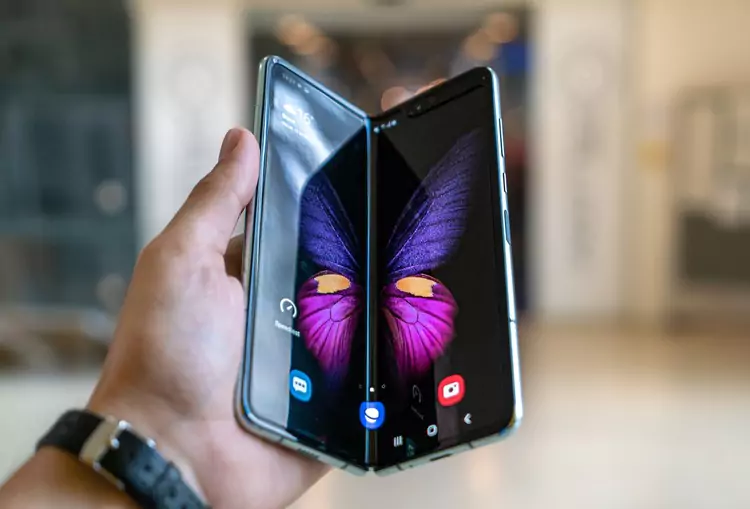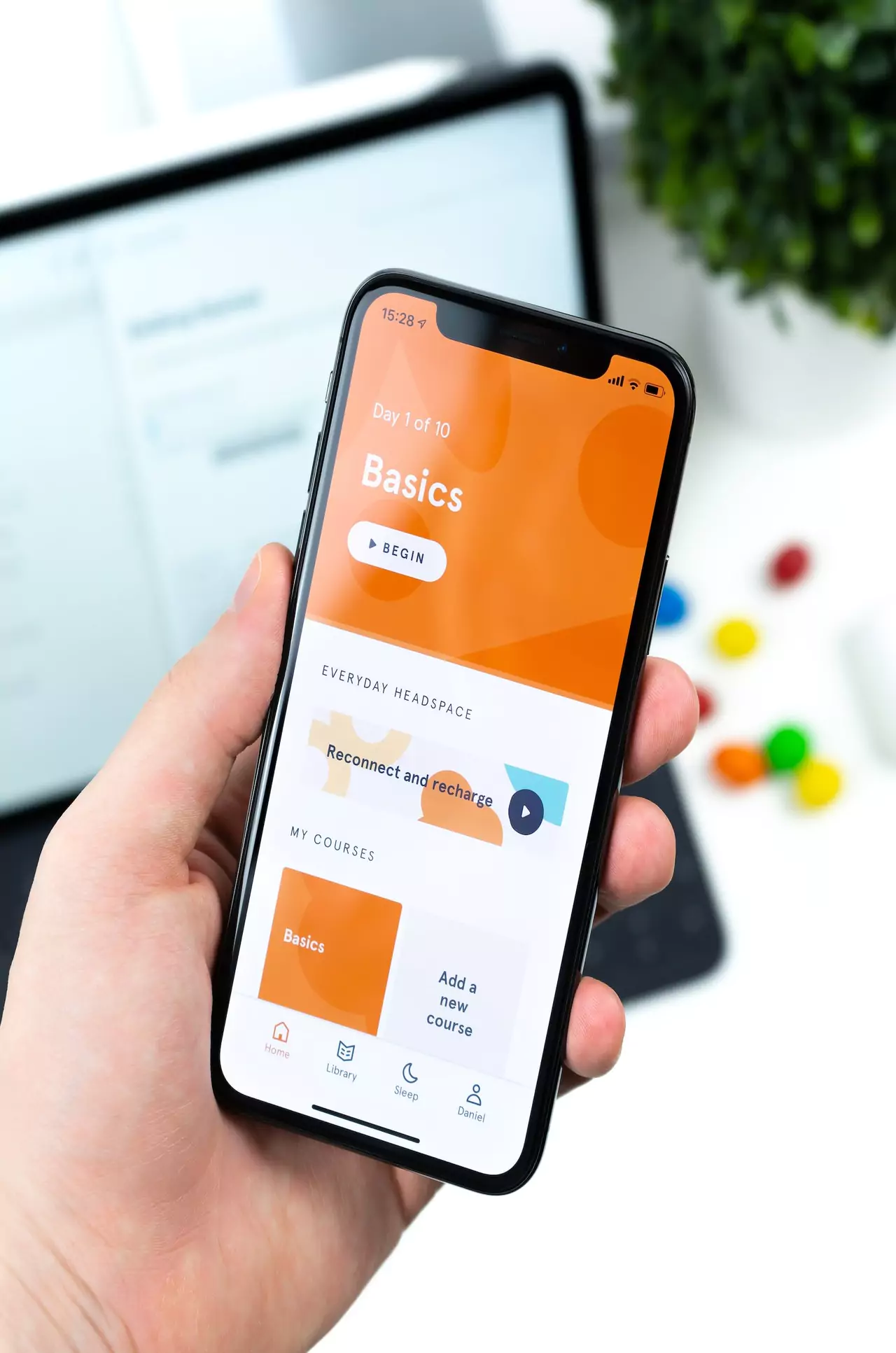Get Support
+91 9123517774
Leaf Business Consulting Services
5G
5G is the fifth generation of cellular technology. It is a generational leap in technology where everything is new: new spectrum frequencies, new radio and new core network. While 4G’s speed and capacity have accelerated the app economy and mobile video, 5G is a platform for entirely new innovations.
5G can provide high speeds, low latency, and massive capacity, potentially changing how you interact with your mobile device and much more. 5G is expected to revolutionist industries and have an immediate impact on customers.

5G IMPACT ON INDUSTRIES
5G technology is already having a transformative impact on the economy, spurring economic growth by
Creating new industries, products and business models. As 4G unlocked the app economy, 5G is poised to unlock higher bandwidth, near real-time responses, the industrial Internet of Things (IIoT), and mission-critical products and applications. Improving productivity and reducing costs, leading to increased economic output from the same inputs. Optimizing service quality significantly and, therefore, consumer willingness to pay for goods and services.
5G unlocks rapid data and insight-driven decision-making. It is estimated that 5G could add up to $1.5 trillion to US GDP and up to €1 trillion to European GDP over the next five years (2021-25).

01.
Education
5G will offer more interactive and connected classrooms through augmented reality (AR)-driven learning, as well as greater access to resources to enable stronger interactions and democratize education.
02.
Manufacturing
5G will offer higher flexibility, visibility and security for configurable factories, mobile robots, time-sensitive networks and lower maintenance costs.
03.
Communication service provider
CSPs will become the provider of 5G networks, devices and services, and a crucial partner across industries. Greater bandwidth, lower latency and the proliferation of post-smart phone era devices will enable enhanced services and higher revenues, as well as open the doors for telcos to expand their products and service offerings beyond pure connectivity.
04.
Retail
5G will provide reinvented shopping and brand experiences using technologies like virtual reality (VR) in the metaverse.
05.
Automotive
5G will provide improved safety of transportation, especially with automated vehicles. It will also offer higher bandwidth and edge computing power for vehicle-to-infrastructure (V2I), vehicle-to-network (V2N) services and machine-to-machine (M2M) feedback loops.
06.
Healthcare
5G will offer rapid processing of high-quality and high-quantity medical data and richer mobile and home care, as well as greater reliability and lower latency in critical patient applications.


















